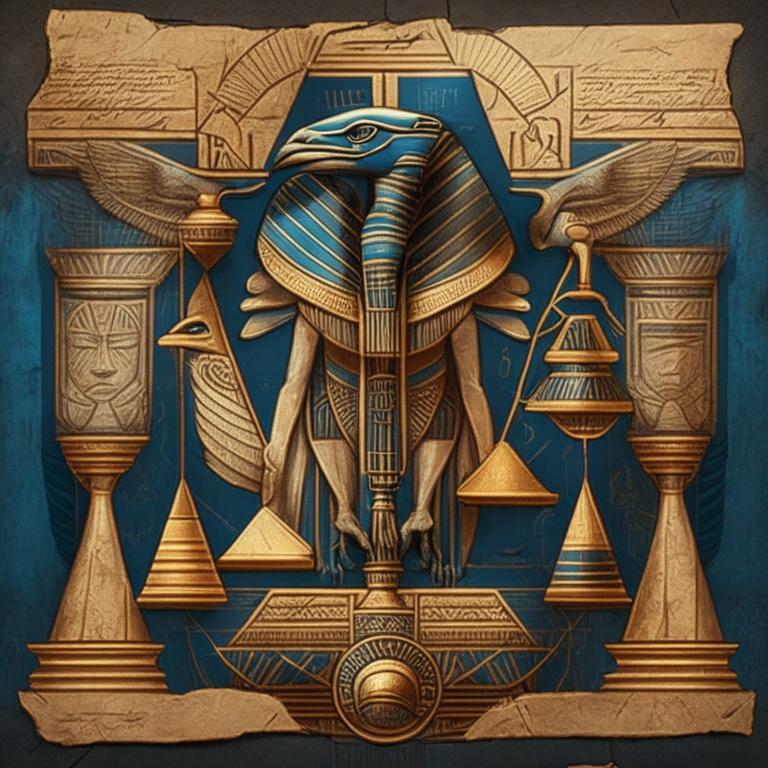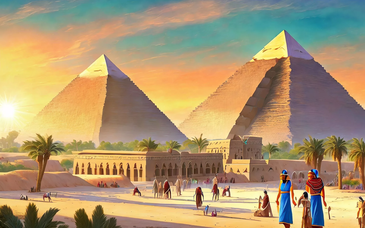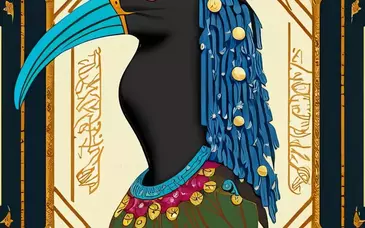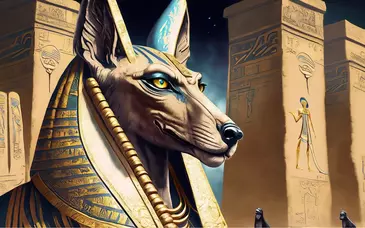Introduction:
Ancient Egypt, with its awe-inspiring pyramids, majestic pharaohs, and captivating myths, was also a civilization governed by a complex system of laws. In this post, we embark on a fascinating journey through time to uncover the intricacies of Ancient Egyptian law, its origins, principles, and impact on society.
- The Origins of Ancient Egyptian Law: Ancient Egyptian law evolved over several millennia, reflecting the cultural, social, and political changes that occurred throughout the civilization's long history. Its roots can be traced back to the pre-dynastic period, with the emergence of tribal customs and traditions that governed early Egyptian communities.
- Sources of Legal Authority: The primary sources of legal authority in Ancient Egypt were royal decrees, known as "pharaonic laws," and religious texts such as the "Book of the Dead" and the "Book of the Coming Forth by Day." These texts contained moral guidelines, ethical principles, and rules governing various aspects of daily life.
- Legal Principles and Concepts: Ancient Egyptian law revolved around principles of justice, order, and harmony. Ma'at, the concept of balance and truth, served as the foundation for the legal system. Laws were enacted to ensure the maintenance of ma'at, with punishments for those who disrupted social harmony.
- Legal Administration and Judicial Process: The pharaoh, as the embodiment of divine authority, held the ultimate power in the legal system. He appointed judges and officials responsible for administering justice. Local courts and judges played a vital role in resolving disputes, and legal documents, such as the famous "The Tale of the Eloquent Peasant," provide insights into the judicial process of the time.
- Areas of Law: Ancient Egyptian law covered various aspects of life, including family law, property rights, contracts, commerce, and crimes. Laws related to marriage, divorce, inheritance, and child custody ensured social stability and the preservation of lineage. Property rights were protected, and contracts regulated economic activities, such as trade and debt.
- Punishments and Rehabilitation: The legal system of Ancient Egypt focused on rehabilitation rather than retribution. Punishments varied depending on the severity of the offense, ranging from fines and compensations to physical penalties. Rehabilitation through labor and religious rituals played a significant role in restoring harmony and reintegrating offenders into society.
- Influence and Legacy: Ancient Egyptian law had a profound impact on subsequent legal systems, both within and outside the region. Its emphasis on justice, order, and social cohesion influenced the development of law in neighboring civilizations, such as ancient Greece and Rome. Concepts such as legal codes, due process, and the rule of law can trace their roots back to Ancient Egyptian legal principles.
Conclusion:
Ancient Egyptian law provides a captivating glimpse into the legal framework of one of the most remarkable civilizations in history. Its emphasis on justice, social harmony, and the pursuit of ma'at showcases the Egyptians' deep-rooted beliefs in the importance of a fair and orderly society. Exploring the intricacies of Ancient Egyptian law not only deepens our understanding of the past but also highlights the enduring legacy of a legal system that continues to influence legal thinking and principles to this day.




